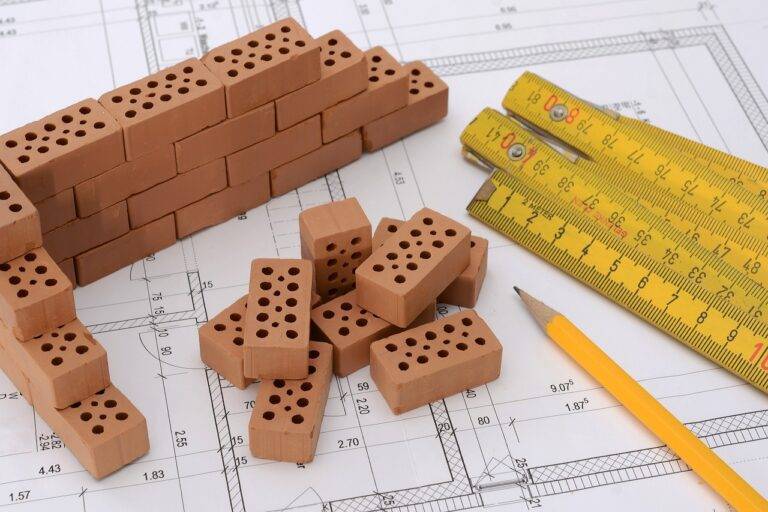Legal Considerations for Home Improvement in Historic Districts
When embarking on any construction project, it is crucial to be mindful of the various regulations that govern building activities. These regulations are in place to ensure the safety of occupants, protect the environment, and preserve the aesthetic value of the surrounding area. Failure to adhere to these regulations can result in fines, delays, and even legal consequences. Therefore, it is essential to familiarize yourself with the specific regulations that apply to your project and ensure strict compliance throughout the construction process.
One key regulation to keep in mind is the adherence to building codes and zoning laws set forth by the local authorities. Building codes dictate the minimum standards for construction, covering aspects such as structural integrity, fire safety, and accessibility. Zoning laws, on the other hand, regulate how properties can be used and the types of structures that can be built in specific areas. By following these regulations, you can avoid costly changes in the future and ensure that your project aligns with the requirements of the local community.
Understanding the Design Guidelines
Design guidelines serve as a set of rules and recommendations intended to assist property owners, architects, and developers in creating cohesive and visually appealing structures within a specific area. These guidelines typically outline requirements related to architectural styles, building materials, colors, landscaping, and more. By adhering to these guidelines, developers can contribute to the overall aesthetic and historical integrity of a neighborhood or district.
It is crucial for individuals embarking on construction or renovation projects within designated areas to carefully review and follow the design guidelines set forth by the local governing body or preservation organization. Failure to comply with these guidelines could result in delays, fines, or even rejection of the proposed plans. Engaging with the design guidelines from the early stages of a project can help streamline the approval process and ensure that the final result aligns with the unique character of the surrounding area.
Permitting Process for Historic Districts
The permitting process for historic districts can often be a complex and detailed one. Before beginning any renovations or construction within a designated historic district, it is crucial to familiarize oneself with the specific guidelines and regulations that must be adhered to. Ensuring compliance with these rules is essential in order to preserve the historical integrity and character of the district.
Property owners within historic districts must obtain approval from the local historical preservation commission before making any alterations to their property. This typically involves submitting detailed plans and designs for review, along with any necessary documentation required by the commission. Additionally, it is important to recognize that the permitting process for historic districts may take longer than for non-historic areas due to the emphasis on preserving the unique heritage of these neighborhoods.
What is a historic district?
A historic district is a designated area that contains a concentration of buildings, structures, or sites that have historical, cultural, architectural, or archaeological significance.
Why do historic districts have permitting processes?
Historic districts have permitting processes to ensure that any changes or alterations to the buildings within the district are in line with the preservation of its historical and cultural significance.
What are some common regulations to keep in mind when applying for a permit in a historic district?
Some common regulations to keep in mind include restrictions on exterior modifications, guidelines for building materials, and requirements for architectural compatibility with the existing structures.
How can I understand the design guidelines for a historic district?
You can understand the design guidelines by reviewing the official documents or guidelines provided by the historic preservation commission or local government. It’s also helpful to consult with a preservation specialist or architect familiar with historic preservation.
What is the typical process for obtaining a permit in a historic district?
The typical process for obtaining a permit in a historic district involves submitting an application, undergoing a review by the historic preservation commission, and receiving approval or denial based on how well the proposed changes meet the design guidelines and regulations of the district.







